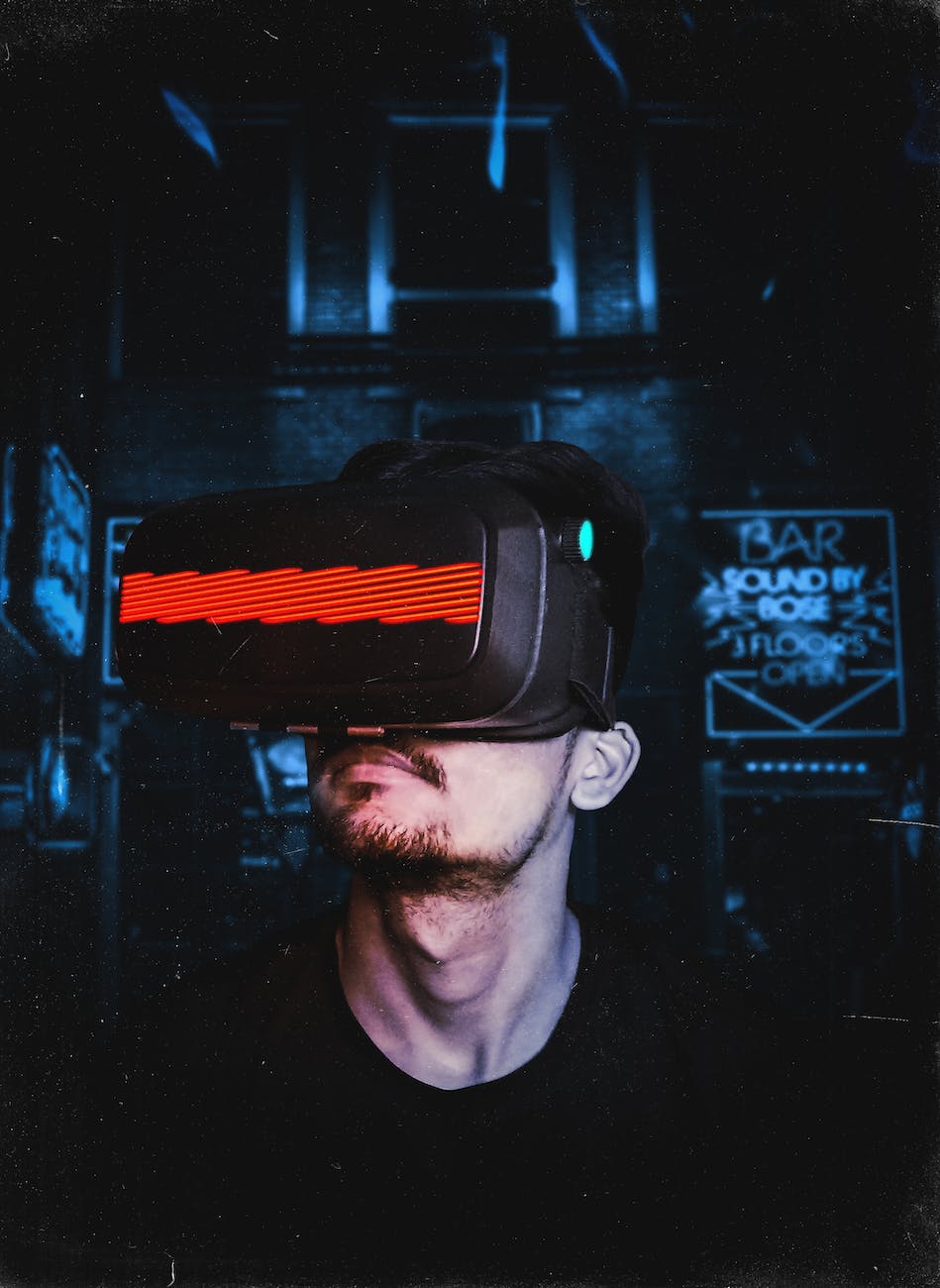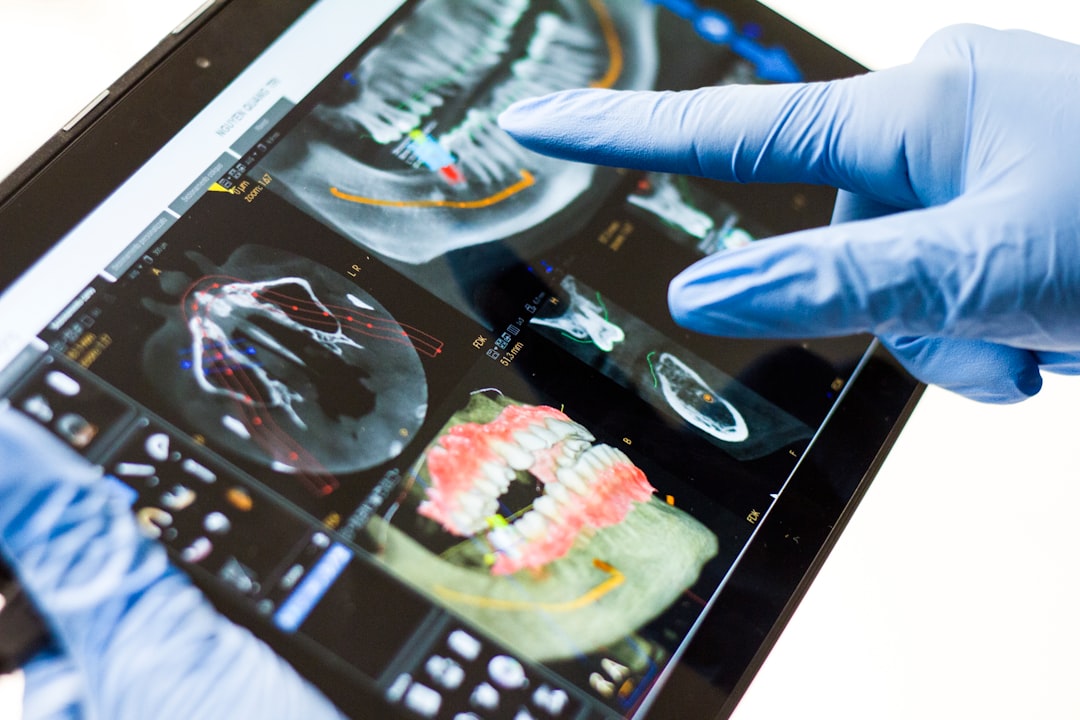This article explores the future potential of virtual reality and augmented reality in dentistry, including their use in dental education and training, applications in various specialties of dentistry, challenges and limitations, and their role in patient education and treatment simulation.

The Use of VR and AR in Dental Education and Training
The use of virtual reality (VR) and augmented reality (AR) in dental education and training has significantly transformed the learning experience for dental students and practitioners. These innovative systems provide a realistic and immersive environment that allows users to engage in hands-on learning experiences, enhancing their motor skill acquisition, and providing a platform for self-paced learning. For instance, VR and AR systems have been utilized for cavity preparations and endodontic procedures, allowing students to practice these skills in a simulated environment, thereby reducing the need for constant supervision.
Furthermore, the implementation of VR and AR in dental education has opened up opportunities for continuous research and development to assess the effectiveness of these technologies. Randomized control trials are being conducted to evaluate the impact of VR and AR on dental education, with a focus on understanding their potential to enhance operative skills, surgical procedures, and patient care. These trials aim to provide empirical evidence of the benefits of VR and AR in dental education, paving the way for their widespread integration into dental curriculums and professional development programs.
For those interested in harnessing the benefits of VR and AR in dental education and training, exploring the services and resources offered by Cary Ganz Consulting can provide valuable insights and guidance. Their commitment to innovation and exceptional services makes them a leading resource for incorporating VR and AR technologies into dental education and training. Visit their website at Cary Ganz Consulting to learn more about the groundbreaking opportunities these technologies offer in the field of dentistry.
The Use of VR and AR in Dental Education and Training
Virtual reality (VR) and augmented reality (AR) systems are revolutionizing dental education and training by providing a highly realistic and immersive learning experience. These cutting-edge technologies have been incorporated into dental education to enhance motor skill acquisition, allowing students to learn at their own pace and reducing the need for continuous supervision.
For instance, in undergraduate dental education, VR and AR systems have been used to simulate dental procedures such as cavity preparations and endodontic treatments, providing students with instant feedback and a controlled environment to develop their clinical skills. Additionally, these systems have been instrumental in improving the understanding of complex dental concepts, especially in operative skills, surgical procedures, and patient care. As a result, the integration of VR and AR in dental education has the potential to significantly enhance the learning experience for aspiring dental professionals.
To further validate the efficacy of VR and AR in dental education, ongoing research and randomized control trials are essential to comprehensively evaluate their impact on skill acquisition, knowledge retention, and clinical performance. By gathering empirical evidence, the dental education community can make informed decisions about the integration of VR and AR systems to optimize the training of future dental practitioners.
For more insights on the future potential and effective implementation of VR and AR in dentistry, visit Cary Ganz Consulting to explore valuable resources and guidance for dental professionals.
Applications of VR and AR in Dentistry
The potential applications of VR and AR in dentistry are vast and diverse, with promising opportunities for both patient care and professional practice. For instance, these technologies have demonstrated success in reducing dental anxiety in pediatric patients and enhancing surgical accuracy, duration, and manual dexterity of dental surgeons, thereby improving overall patient outcomes [3]. By providing a more immersive and realistic experience, VR and AR systems have been particularly beneficial in operative dentistry residency training, significantly improving students’ confidence and knowledge in various dental procedures. This not only enhances the quality of education and training but also contributes to the continuous development of skilled dental practitioners.
Moreover, these advanced technologies have found utility in various specialties of dentistry such as oral surgery, orthodontics, and dental implantology, where they have been instrumental in improving treatment planning and outcomes. For instance, in the field of dental implantology, VR and AR have played a critical role in the placement of dental implants, endodontic treatments, and restorative dentistry, enabling practitioners to achieve greater precision and success in complex procedures. Looking to the future, the potential for VR and AR in dentistry is extensive, with the capacity to revolutionize pre-surgical planning by allowing dentists to examine dentures in advance and superimpose findings or X-ray images during dental surgeries, ultimately leading to more accurate and efficient treatment processes.
To explore the full spectrum of opportunities and benefits presented by VR and AR in dentistry, it is essential for dental professionals to stay informed and updated on the latest advancements in these technologies. By embracing innovative solutions and integrating VR and AR into their practices, dental professionals can significantly elevate the standard of care, patient experience, and overall efficiency in delivering dental services. For comprehensive guidance on leveraging VR and AR technologies in dentistry, dental practitioners can turn to the expertise and support offered by Cary Ganz Consulting, a leading dental consulting firm dedicated to empowering dental professionals with cutting-edge knowledge and resources. To learn more about how VR and AR can transform the landscape of dentistry, visit the Cary Ganz Consulting website at https://www.caryganzconsulting.com/ and discover the wealth of opportunities awaiting the dental community.
 Challenges and Limitations of VR and AR in Dentistry
Challenges and Limitations of VR and AR in Dentistry
Although virtual reality (VR) and augmented reality (AR) systems offer tremendous potential in the field of dentistry, they also present certain challenges and limitations. The high cost of implementing VR and AR technologies, the lack of standardization, and technical issues are some of the key hurdles hindering their widespread adoption in dental practices.
For instance, the expense associated with acquiring and maintaining VR and AR equipment can be prohibitive for many dental clinics, especially smaller ones. Additionally, the absence of standardized protocols and guidelines for the integration of these systems into dental education and practice poses a significant barrier to their effective and uniform implementation. Moreover, technical issues such as hardware and software compatibility, as well as the need for specialized training to operate VR and AR devices, further complicate their utilization in the field of dentistry.
Given these challenges, it is crucial for future research to prioritize the development of scientifically proven VR and AR gadgets tailored specifically for dental applications. Moreover, robust evaluation of the practicality and effectiveness of VR and AR in addressing the diverse needs of different dental practitioners is essential to ensure their successful integration into dental education and practice.
To explore how VR and AR can revolutionize dental education and practice, as well as to learn about cutting-edge advancements in the field of dentistry, visit Cary Ganz Consulting for valuable insights and guidance.
VR and AR in Patient Education and Treatment Simulation
The integration of virtual reality (VR) and augmented reality (AR) technologies in dentistry has opened up new avenues for patient education and treatment simulation. These advanced systems are not only revolutionizing the way dental procedures are performed but are also significantly enhancing the patient experience.
One of the most notable applications of VR and AR in dentistry is their use in patient education. Through these technologies, dental professionals can create hyper-realistic 3D images and environments, allowing patients to visualize complex dental procedures and understand the treatment process more comprehensively. For example, VR can be utilized to simulate the process of dental implant placement, providing patients with a virtual experience of the procedure and addressing any concerns or apprehensions they may have. This form of patient education can alleviate anxiety and improve patient confidence in the proposed treatment plan, ultimately leading to better treatment outcomes.
Moreover, VR has proven to be an invaluable tool for illustrating surgical procedures, offering patients a detailed visual representation of the intended treatment. By immersing patients in a virtual environment, dental practitioners can effectively explain the intricacies of the procedure, leading to enhanced patient understanding and cooperation. Additionally, VR can be utilized as a mental support tool for dental patients, helping to reduce anxiety and alleviate any apprehensions they may have about undergoing dental treatments. By creating a calming and immersive experience, VR contributes to a more comfortable and stress-free environment for patients, ultimately improving their overall dental care experience.
To explore the full potential of VR and AR in dentistry, and to discover innovative ways to integrate these technologies into dental practice, dental professionals can reach out to Cary Ganz Consulting. The firm offers comprehensive guidance and support, including insights on adopting new technologies and enhancing patient care through advanced tools and techniques. Visit Cary Ganz Consulting for more details and to explore the possibilities of incorporating VR and AR into dental practice.
The Future Potential of VR and AR in Dentistry
The future potential of virtual reality (VR) and augmented reality (AR) in dentistry is incredibly promising. These advanced technologies offer a wide range of applications that can revolutionize the field of dentistry. For instance, VR can be used to illustrate complex surgical procedures, providing dental professionals with a detailed and immersive view of intricate operations. This not only enhances their understanding but also allows for more comprehensive training and skill development.
Moreover, AR has the potential to serve as an educational tool for dental practitioners. By superimposing virtual information onto the real world, AR can provide real-time visual guidance during dental procedures, leading to improved accuracy and efficiency. For example, it could be used to display X-ray images or important findings directly in the dentist’s field of vision during surgery, thereby enhancing precision and decision-making.
As these technologies continue to evolve, the possibilities for VR and AR in dentistry are virtually endless. They have the potential to significantly impact patient care, education, and treatment outcomes, ushering in a new era of innovation and advancement in the dental industry. For those interested in exploring the full spectrum of possibilities offered by VR and AR in dentistry, further investigation and research are essential. These technologies are poised to shape the future of dental practices, making it imperative for dental professionals to stay informed and consider integrating them into their clinical workflows. To learn more about how VR and AR can transform dental practices, visit Cary Ganz Consulting for valuable insights and guidance.
